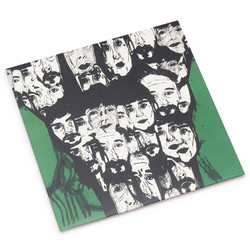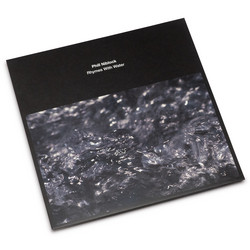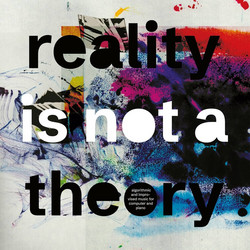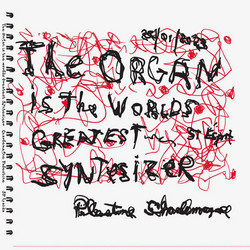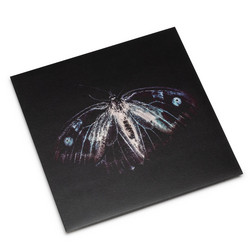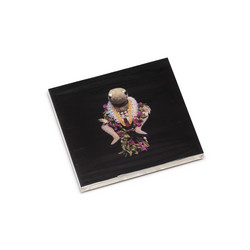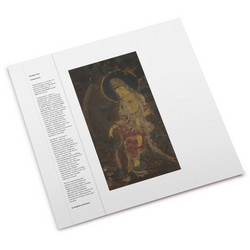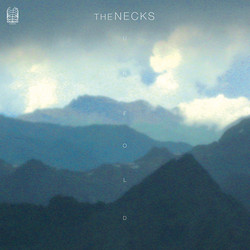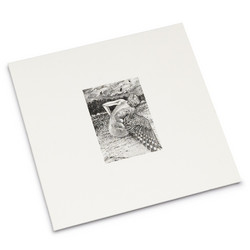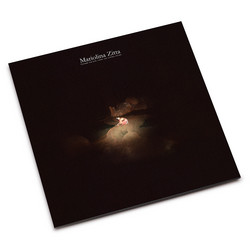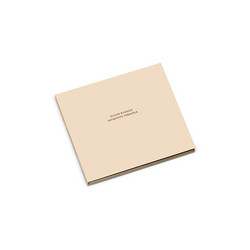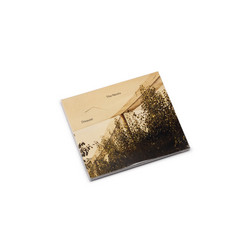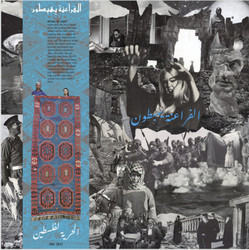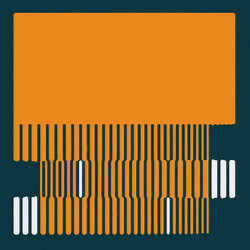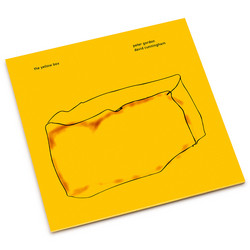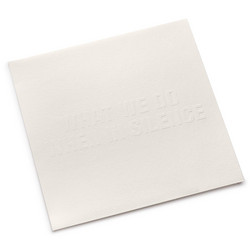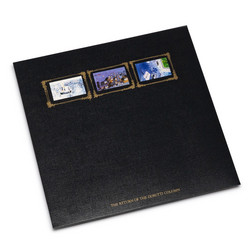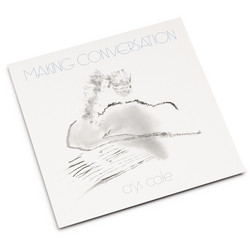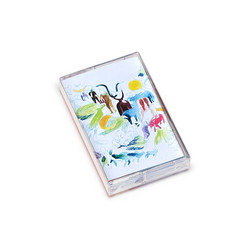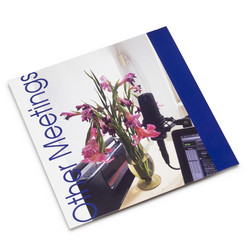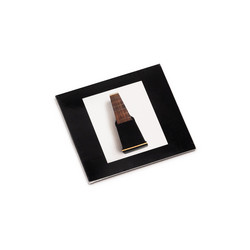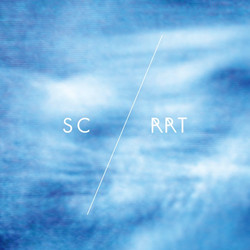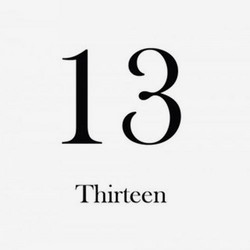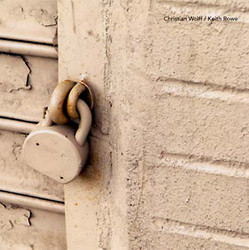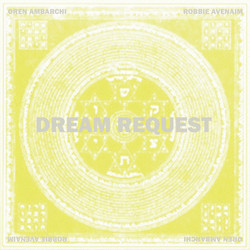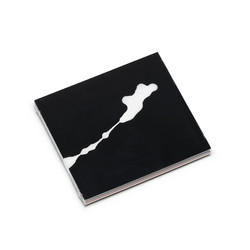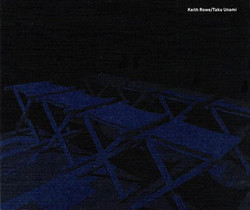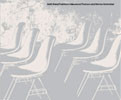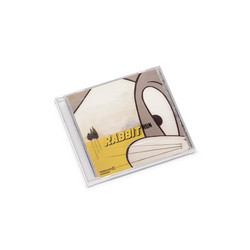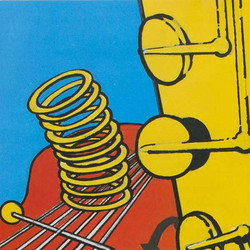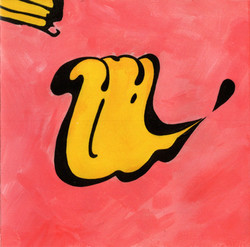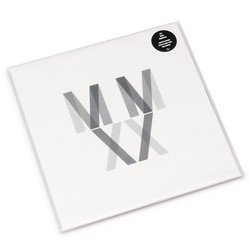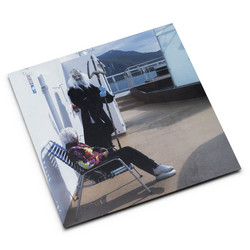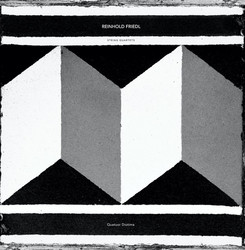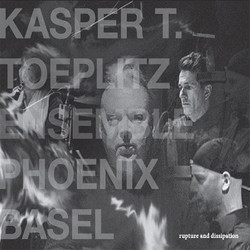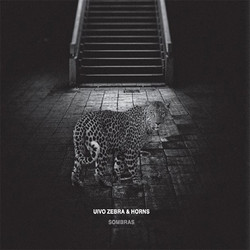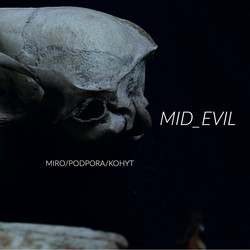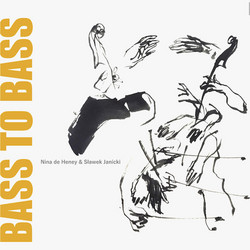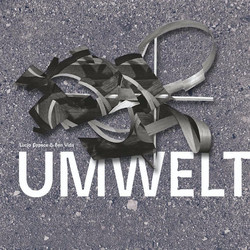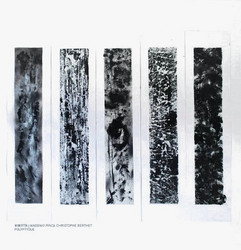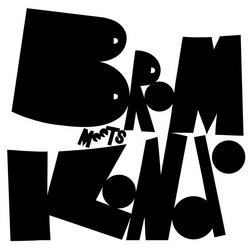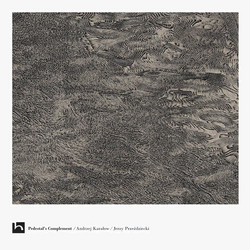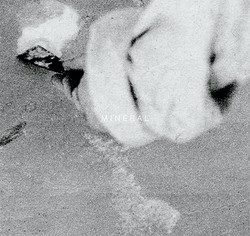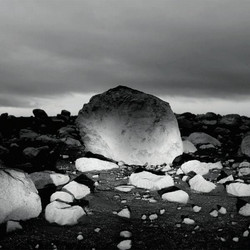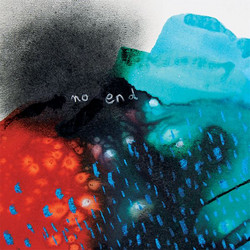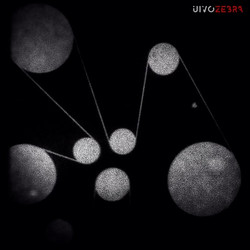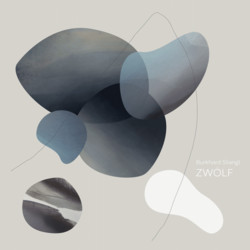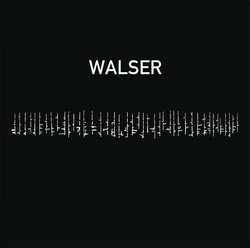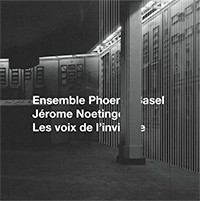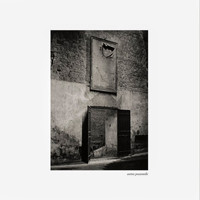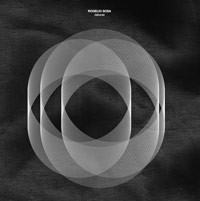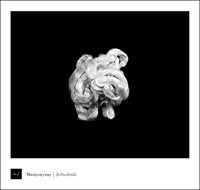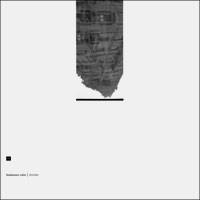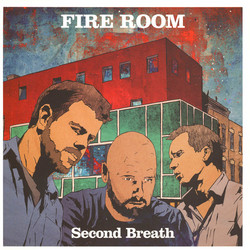Oren Ambarchi, crys cole, Keith Rowe
Black Plume
Amongst the first generation of innovators in non-idiomatic and non-composed music, Keith Rowe has distinguished himself through his intense collaboration with younger musicians, collaborations that have engaged all involved in processes of reciprocal influence. Rowe has clearly been a teacher, or in his own words a 'permission-maker', for international groups of musicians who (especially in the last twenty years) have taken up his exploration of dislocated instrumental technique, new modes of listening and the refusal of gesture; his work has also been transformed through these relations, especially with regards to the decreasing centrality of the guitar (and of the jazz- and classical-derived connotations of the 'instrument') within his performances. This LP presents the first recordings of a trio that finds Rowe alongside two younger musicians, Oren Ambarchi, with whom he has worked for over ten years, and new collaborator Crys Cole.
Cole pushes the established Ambarchi-Rowe pairing into rough, haptic modes. Together with Ambarchi's psychoacoustic tones and occasional frissons of shimmering reverb, her grainy mixer feedback and amplified objects give the music a spaciousness and depth which often escapes recordings of so-called 'electro-acoustic improvisation'. All three musicians seemed joined in what Rowe has called the 'rejection of virtuosity': they allow their individual voices to blend together into a constantly crumbling and self-reconstructing wall of electronic sonorities and amplified textures. Rather than any intuitive build and release, the music is marked by an interrogation of the many possibilities of interaction between sounds, in which close-listening and non-listening, reactivity and inertia, exist side by side. Indeed, one often has a sense not so much of a deliberate interaction within the group, but rather of an acceptance of a more Cagean notion of the simultaneity of sonic events.
This goes hand in hand with the way this music complicates intentionality, evident not only in Rowe's use of relatively uncontrollable sound-sources such as radio and telephone pick up interference, but also in the three musicians' fundamental attempt to give themselves over to sound and allow it to dictate their improvisational choices, rather than shepherd it into gestural-expressive complexes of call and response and crescendo-decrescendo. While this music's transient interactive logic could only have originated through live improvisation, Ambarchi's meticulous post-production and editing ensure that this recording is not simply a document of a live performance but rather exists in its own right as an immersive sonic experience which invites the listener to unfold more micro-details on every listen'.
